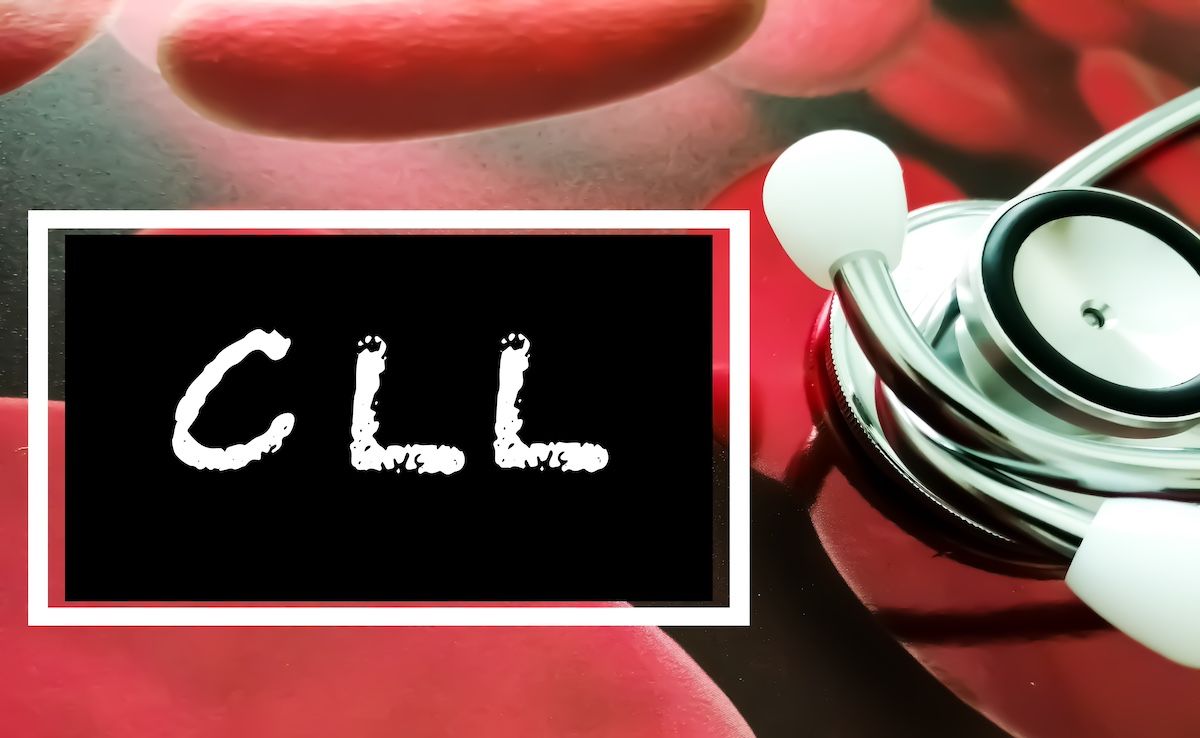- Center on Health Equity & Access
- Clinical
- Health Care Cost
- Health Care Delivery
- Insurance
- Policy
- Technology
- Value-Based Care
First-Line Ibrutinib Effective in CLL/SLL With or Without Risk Factors
Real-world data show no significant differences in overall survival between patients with or without cytogenetic risk factors.
Cytogenetic risk factors do not appear to affect survival outcomes following first-line ibrutinib (Imbruvica; Johnson & Johnson) among people with chronic lymphocytic leukemia (CLL) or small lymphocytic leukemia (SLL), according to a new analysis of real-world survival data.1 The findings, published in Blood Advances, offer additional support for the use of ibrutinib as a first-line therapy in this patient group.
Survival outcomes for patients with CLL/SLL are highly variable among different subgroups of patients.2 Four out of 5 people with CLL/SLL have a karyotypic abnormality, and patients with deletion of 17p—del(17p)—or del(11q) and unmutated immunoglobulin variable heavy chain (IGHV) have a higher risk of a poor response to therapy or relapse. Patients with 3 or more aberrations have a particularly poor prognosis.
Cytogenetic risk factors do not appear to affect survival outcomes following first-line ibrutinib for CLL/SLL, real-world survival data suggest. | Image credit: Saiful52 - stock.adobe.com

The Bruton tyrosine kinase inhibitor (BTKi) ibrutinib, and later-generation BTKIs like acalabrutinib (Calquence; AstraZeneca) and zanubrutinib (Brukinsa; BeOne), have become the standard first-line treatment for people with CLL/SLL. Ibrutinib has been shown to significantly improve overall survival in patients with CLL/SLL compared to the previous standard treatment of chemoimmunotherapy.3 However, the question of the therapy’s overall survival outcomes in real-world patients with and without high-risk cytogenetics has yet to be examined, the authors noted.1
The investigators used a nationwide database of deidentified electronic health records from 2011 through 2023 to locate 1,242 patients with CLL or SLL who underwent single-agent first-line ibrutinib therapy. Most of the patients (969) had high-risk cases, and the remaining 273 did not. Among those with high-risk features, 32.9% had del(17p), 36.7% had del(11q), and 58.7% had unmutated IGHV, the authors said. The mean ages of the 2 cohorts were 70.0 years and 70.8 years, respectively, and the median follow-up of the cohorts was 32 months and 31 months, respectively.
At the time of follow-up, neither cohort had reached the median real-world overall survival (rwOS). In a comparison between the 2 cohorts, the difference in rwOS was not statistically significant, with a hazard ratio (HR) of 1.09 (95% CI, 0.79, 1.51; P = .60).
“Results show that patients with high-risk CLL/SLL treated with 1L (first-line) single-agent ibrutinib had similar rwOS compared to patients with non-high-risk disease,” the authors wrote.
A sensitivity analysis that excluded del(11q) from the definition of high-risk yielded similar results (HR of 1.19; 95% CI, 0.86, 1.64). The authors explained that the finding that del(11q) did not have a bearing on outcomes is important because the abnormality is present in about 1 in 5 patients and diagnoses.
The investigators also did a subgroup analysis of patients with Medicare coverage, but it likewise did not suggest a significant difference in outcomes among those patients. There is not yet sufficient data to understand whether the findings for ibrutinib would likely carry over to other BTKIs, since those second-generation therapies have been available for a shorter period of time.
The investigators noted several limitations to their studies. They said the use of electronic health records means the data set could contain errors or missing information. They added that progression-free survival data were not available in the data set. It is also possible, they noted, that some of the patients in the study received care at outside practices; such care might not be included in the data. Desote the limitations, the authors concluded their findings bolster the existing evidence suggesting single-agent ibrutinib is an effective option for patients with CLL/SLL, regardless of their cytogenetic risk factors.
References
1. Allan JN, Ran T, Ding Z, et al. Real-world survival outcomes in first-line ibrutinib-treated patients with high-risk CLL/SLL. Blood Adv. Published online May 12, 2025. doi:10.1182/bloodadvances.2024015417
2. Miller KD, Nogueira L, Devasia T, et al. Cancer treatment and survivorship statistics, 2022. CA Cancer J Clin. 2022;72(5):409-436. doi:10.3322/caac.21731
3. Shanafelt TD, Wang XV, Kay NE, et al. Ibrutinib-rituximab or chemoimmunotherapy for chronic lymphocytic leukemia. N Engl J Med. 2019;381(5):432-443. doi:10.1056/NEJMoa1817073
Integrated Care for Chronic Conditions: A Randomized Care Management Trial
December 3rd 2025The authors sought to understand the differential impact of payer-led community-based care management approaches on stakeholder-oriented outcomes for publicly insured adults with multiple chronic conditions.
Read More
